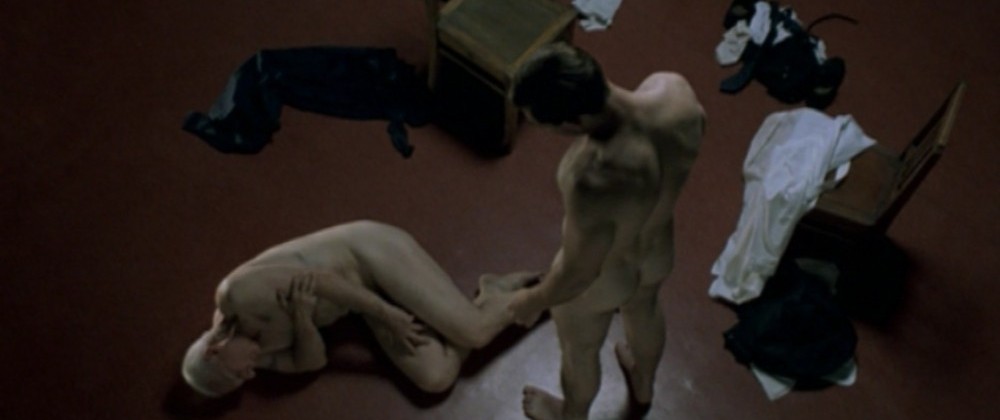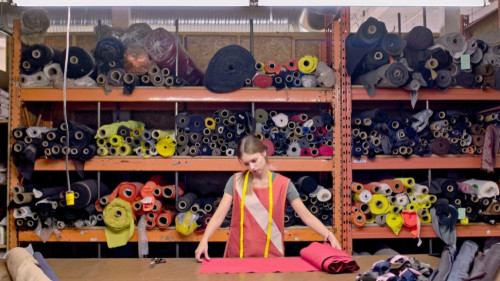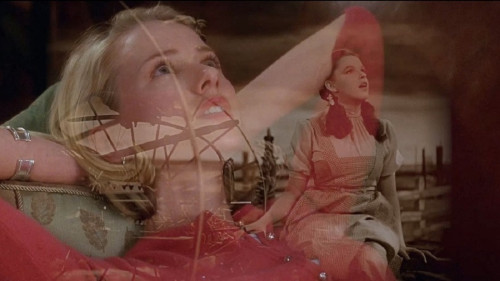Volume 10, Issue 4 / April 2006
Murder By Numbers
In this issue
-

Evilenko
Serial Killing and the Fall of Communism
-

An Interview with Director David Grieco
The Man Behind Evilenko
-

Ideology and Social Commentary in Le Couperet
Costa–Gavras’ Political Black Comedy
-

Dario Argento, Maestro Auteur or Master Misogynist?
Argento and the Giallo
-

Sex and Violence as Phantasm: Eros and Thanatos in Campion’s In the Cut
Serial Killer Meets Art Film
The title for this issue, ‘Murder by Numbers,’ comes from the excellent Michael Hodges documentary on the serial killer (also the title of a Police song). More than a commentary on the pathology of serial killing, the documentary looks at how the serial killer has become a subject for popular art (especially, but not only, film) and mass consumption. Offscreen brings together a variety of approaches to films which are structured around ‘serial killing.’ The first two center on the same film, Evilenko, the first an analysis by Donato Totaro, and the second and interview with its writer-director, David Grieco, by Lise M. Stevens. Evilenko is a fascinating film which uses Russia’s most notorious serial killer, Andrei Cikatilo, as a ‘loose’ metaphor for the Fall of Communism in the Soviet Union. While Cikatilo was living proof that serial killing can occur under any economic/political condition, Costa-Gavras’ Le Couperet —analyzed by Betty Kaklamanidou— clearly links the transformation of an ‘ordinary’ man to serial killer as a by-product of cut throat, corporate multinational capitalism. The next two essays, by Will Wright and first-time writer Catherine Benoit, look at, respectively, works by a newcomer to the art of serial killing, Jane Campion, and an acknowldged master of the Italian variant of ‘serial killing,’ the giallo, Dario Argento. Wright’s essay attempts to balance the negative feminist-psychoanalytical criticism of Argento’s work with a closer analysis of how the codes of psychoanalysis are cleverly inscribed in two key films by Argento. In the Cut, which has an apparent homage to the giallo in the shape of a black-gloved hand seen briefly in a credit fantasy scene, marked art house director Campion’s entry into the world of the erotic thriller/serial killer. The film confounded viewers and critics alike: Is it a lurid erotic thriller? Is it an art film? Is it both? Benoit addresses these issues with her analysis of the film’s clever mixing of violence and sex.









